How to Perform Fatigue Analysis in Abaqus?
This question often arises for Abaqus users, How to perform fatigue analysis in Abaqus?
Generally, Abaqus independently is not used for fatigue analysis. Cyclic loading and fatigue analysis for each material and each loading regime has its own story. This is why you need additional software, plugins, or writing subroutines and Python scripting.
In this post, I will introduce you to the available tools including user subroutines, plugins, Python scripts, and some other software to perform fatigue analysis with Abaqus. First, I introduced them based on the categories of widely used materials, and then other software and a trick to perform low-cycle fatigue analysis were introduced. This text will be updated over time.
You may have other solutions that I would be happy to comment below this post.
Fatigue Analysis of Metals in Abaqus
For low cycle fatigue analysis of metals in Abaqus, there is an example in Abaqus documentation that has performed thermal fatigue analysis. The method used in Abaqus for this analysis is Direct Cyclic, which has the advantage of stability in each cycle. but you need some data for cyclic hardening and softening (for instance from incremental step tests). The procedure is based on using Fourier expansion for the (cyclic) displacement responses, and iteratively computing the coefficients of the Fourier series.
Low cycle thermal fatigue analysis example in Abaqus CAE:
https://abaqus-docs.mit.edu/2017/English/SIMACAEANLRefMap/simaanl-c-directcyclicfatigue.htm
If your problem is similar to this, you can take this model and do the fatigue simulation.
For high-cycle fatigue analysis, it is better to use specialized fatigue software such as fe-safe and MSC-Fatigue. These softwares cover a library of different loading and materials models and usually the user is satisfied with using these softwares.
Fatigue analysis example in Abaqus fe-safe:
FRP Composites Fatigue Analysis in Abaqus
For advanced materials that are used more recently, such as FRP composites, there are other specialized plugins such as Autodesk Helius PFA, which I am very satisfied with working with this Abaqus plugin. There are different failure criteria in Helius PFA, and fatigue analysis is based on the S-N curve, which estimates the life and damage of the material. It also uses a good and new method to predict damage, which is its winning card among similar software.
Fatigue Analysis of Elastomers & Rubbers
For elastomers and rubbers, the Mullins Effect model available in the Abaqus CAE can be used for cyclic loads. If someone is looking for specialized software for cyclic loading of elastomers, I recommend fe-safe/rubber which is developed by Endurica. Fe-safe is well coupled with Abaqus FEA software and is completely specialized in fatigue analysis.
Concrete Cyclic Fatigue Analysis in Abaqus
For concrete material, the concrete damage plasticity (CDP) material model available in Abaqus has weaknesses for cyclic loading. For example, the pinching effect is not available. For these cases, you should write V/UMAT or V/UEL user subroutines in Abaqus.
CDP User Material Subroutine Example
One way to address the challenge of modeling is to use a hybrid approach. First, an enveloping curve can be obtained from Abaqus. Then, professional software like OpenSees or SAP can be used to simulate the structure’s hysteretic behavior. However, it’s important to calibrate the hysteretic parameters of the professional software by using experimental results, including stiffness/strength degrading and pinching parameters.
Also, you can use the material model that exists in the Ansys workbench.
Fatigue Analysis of Nitinol
fe-safe Plug-in for Nitinol Fatigue
The SIMULIA Durability R&D team has developed a fe-safe plug-in for Nitinol fatigue, which currently only addresses infinite life scenarios. The plug-in employs a fatigue method that is experimental and is not yet built into fe-safe as a standard method. However, the method can be expanded naturally to finite life scenarios if necessary. It works on infinite life, strain-based, critical plane methods, including mean-stress effects. To obtain the actual plug-in, it is recommended to contact your local customer service office.
User Subroutines and Python Scripts for Fatigue Analysis
If the material model and conditions of the problem were not available in Abaqus, you should roll up your sleeves and write user subroutines and Python script, which is a time-consuming task if you are a noob. In addition to mastering Fortran and Python programming, you must master the principles of FE programming and, most importantly, fatigue theories and how to implement them in the code.
It may take at least one year for beginners. Add to these various verification & validations to ensure the functionality of the code. Below you can access several types of user subroutines and ready-made Python scripts.
VUSDFLD and VUMAT Subroutines for Randomly Chopped Fibers
At BanuMusa R&D we have developed VUSDFLD and VUMAT subroutines for high cycle fatigue analysis of randomly chopped composite materials.
UMAT subroutine for the Gologanu-Leblond-Devaux model
UMAT user subroutine for ultra-low cycle fatigue of welded steel joints under multiaxial loading for the Gologanu-Leblond-Devaux model to kinematic hardening, which was utilized in simulating single-notched and double-notched specimens.
Python Script for High Cycle Fatigue Analysis in Abaqus
Using Python to perform High Cycle Fatigue (HCF) analysis of ABAQUS Explicit transient solutions for brittle materials using Goodman’s Method with Maximum Normal Stress Multiaxial Fatigue Failure Theory
https://github.com/jtipton2/abaqusHCF
Tips & Tricks for Cyclic Load in Abaqus
For low-cycle fatigue analysis, in some cases, the Amplitude tool can be used in the Abauqs. However, this work will have a lot of computational cost for the high number of cycles. For about 20 – 100 cycles, this might not be a bad option.
 How to apply fatigue load in Abaqus using plugins and add-ons
How to apply fatigue load in Abaqus using plugins and add-ons
Finite element analysis (FEA) of fatigue is performed using Abaqus, Ansys, & LS Dyna FEA program. However, they are not specialized for simulating these types of problems and it is necessary to use additional programs and plugins or study the desired problem using writing user subroutines and Python scripting. Here are some add-ons that excel fatigue analysis in Abaqus:
Pelamis Fatigue Damage Calculator Plugin
Pelamis is an Abaqus plugin with a user-friendly GUI for offshore steel structure fatigue analysis calculation. it calculates the fatigue damage or life of a set of nodes after load time history analysis. The stress time history is calculated using the ASTM rainflow cycle counting method and DNV-RP-C203 S-N curves are used to calculate the damage.
https://en.banumusagr.com/shop/pelamis-fatigue-damage-calculator-plugin/
Autodesk Helius PFA
Autodesk Helius PFA is used for polymeric materials (composite, thermoset, and thermoplastic), and has a very good material database. It is possible to add new material to its library and calibrate it. Autodesk Helius PFA can be used in Abaqus, MSC Nastran, and Ansys. This Abaqus plugin has shown damage analysis with the most popular criteria (Hashin, Puck, LaRC02, Maximum stress, etc.) and damage evolution. To model fatigue damage, Autodesk Helius PFA uses the Kinetic Theory of Fracture, which is used for woven and unidirectional composites with the help of S-N curves.
MSC Fatigue
is probably the best-specialized software for material fatigue analysis. Founded in 1991 in partnership with nCode and MSC. It has a variety of multi-axis and random fatigue criteria and can estimate crack growth life. It is also widely used in industry and is functional. It is possible to optimize the product fatigue life during design in this software. Determination of welding fatigue life and the possibility of predicting fatigue due to static, dynamic, and thermal loading.
fe-safe
fe-safe is a software tool used for fatigue analysis of materials and structures. It provides advanced capabilities for fatigue life prediction, durability analysis, and optimization. fe-safe is more efficient for thermal fatigue. It is possible to select and define the material and load easily, and creep-fatigue analysis is also possible. It can be used in Abaqus. Fatigue modeling is possible for all types of joints and welds.
FRANC
Crack growth is shown graphically using the meshing feature.
Zencrack
Zencrack is an advanced software for 3D fracture mechanics simulation. It interfaces with finite element codes like Abaqus to calculate fracture mechanics parameters. It generates cracked meshes from uncracked models and predicts non-planar crack growth. These capabilities are useful for analyzing surface cracks, embedded defects, and the remaining life of components.
Code_ASTER
Code_ASTER is a free and open-source software package for numerical simulation in structural mechanics, developed by the French company EDF which includes fatigue analysis features. NEi Nastran is also a free FEA solver with basic fatigue tools.
PragTic
PragTic is a freeware tool for automated fatigue damage calculation developed by Jan Papuga. It is a software tool that uses finite element analysis (FEA) to simulate the behavior of a structure under different loading conditions and provides estimates for the number of cycles the structure can withstand before failure.
LIMIT
LIMIT is a software that is widely used for conducting fatigue strength and static strength evaluations of components based on various design codes and engineering standards. There is an interface with Abaqus, Ansys & many other FE software.
FCG Abaqus plugin
FCG Abaqus plugin is used for fatigue crack growth simulation with the commercial Abaqus FE code. The plug-in includes five different fatigue crack growth models and relies on the extended FE method (XFEM) to simulate crack propagation. It is limited to 2D analyses but covers all necessary steps for fatigue crack growth simulations, from creating the geometry to job submission and post-processing. The implementation of the plug-in is validated by comparing its predictions to analytical and experimental results.
Any more?
These were the strategies that Abaqus users usually use for fatigue analysis. If you have an idea or experience of fatigue analysis in Abaqus, please share it with us in the comment section. It should be noted that BanuMusa R&D provides specialized services in the field of fatigue and failure analysis. How can we help you?
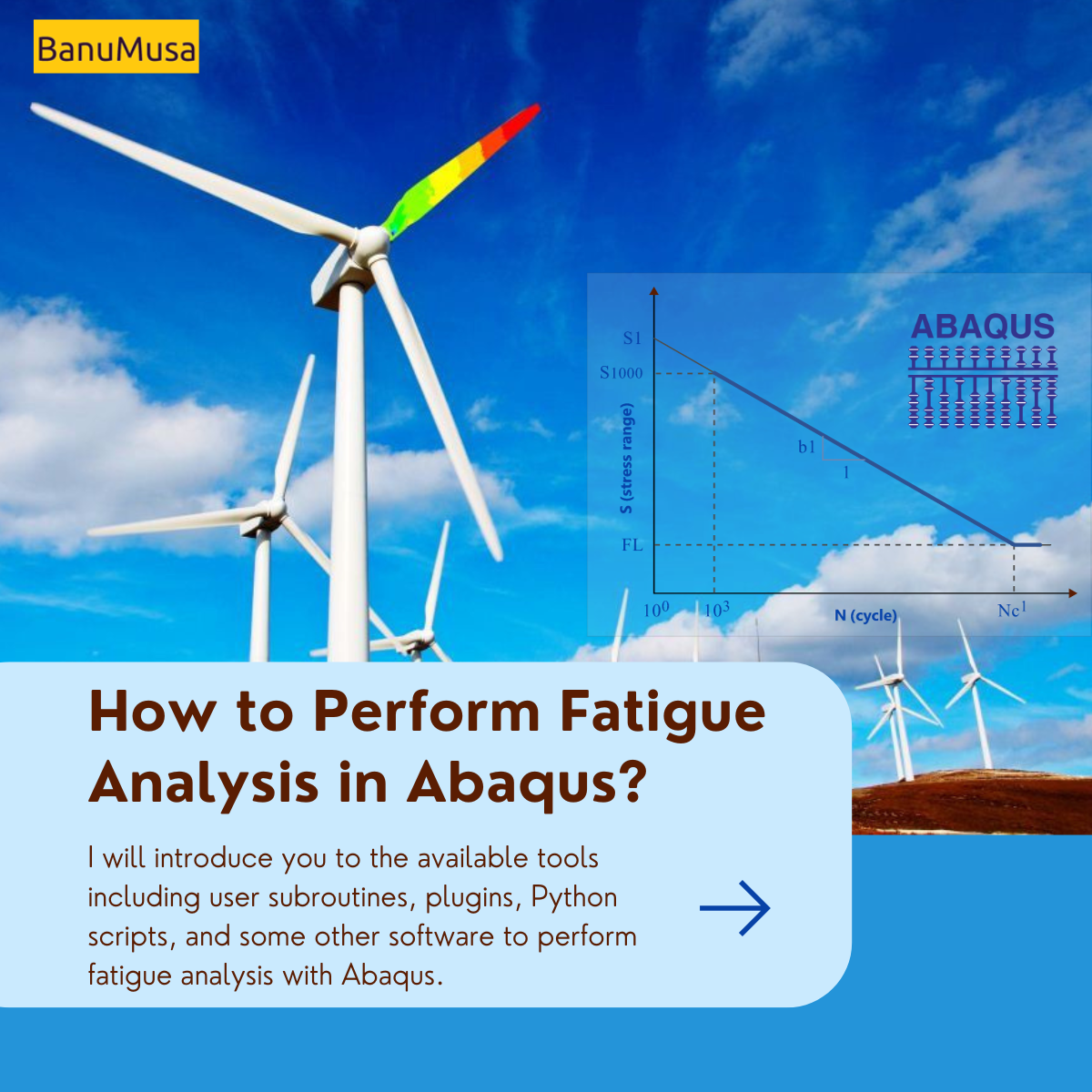

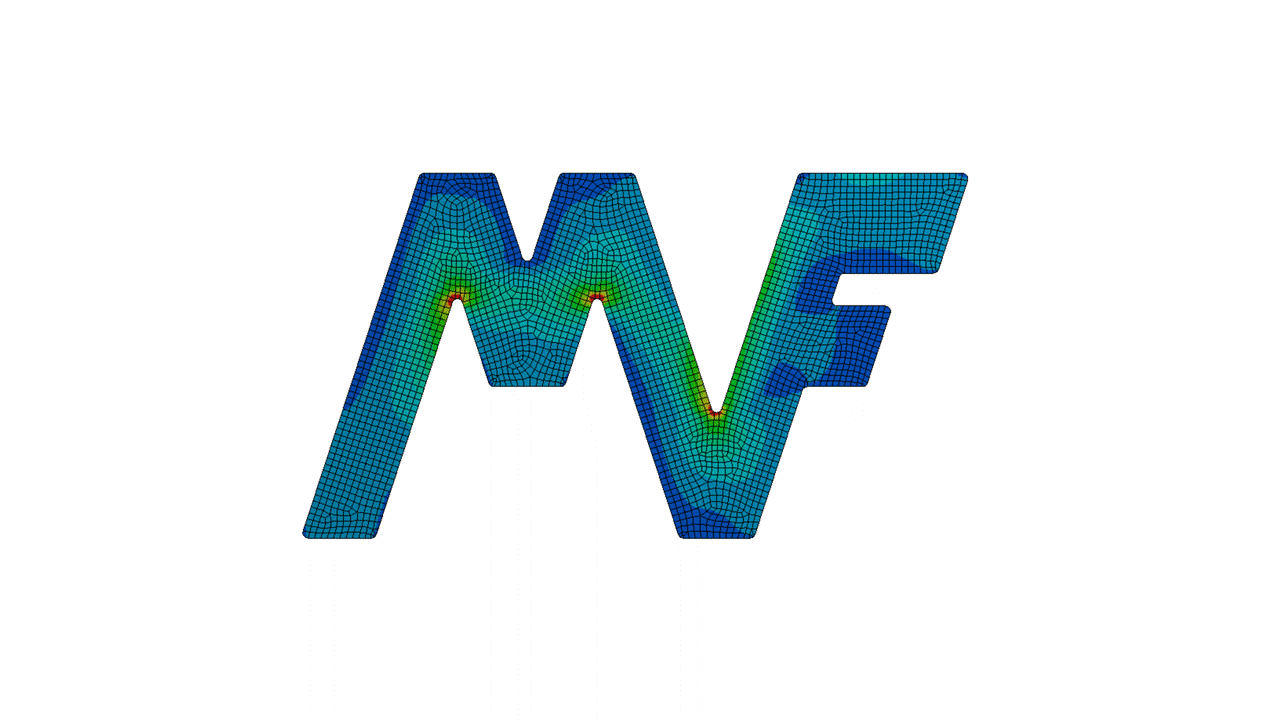





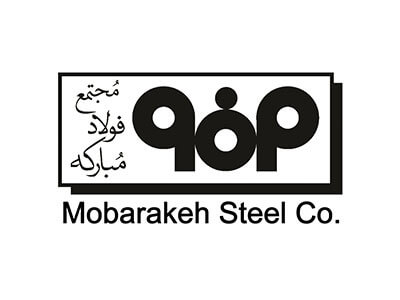

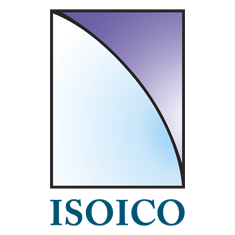

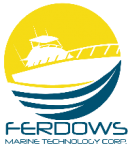

[…] How to Perform Fatigue Analysis in Abaqus? + 10 Add-ons […]